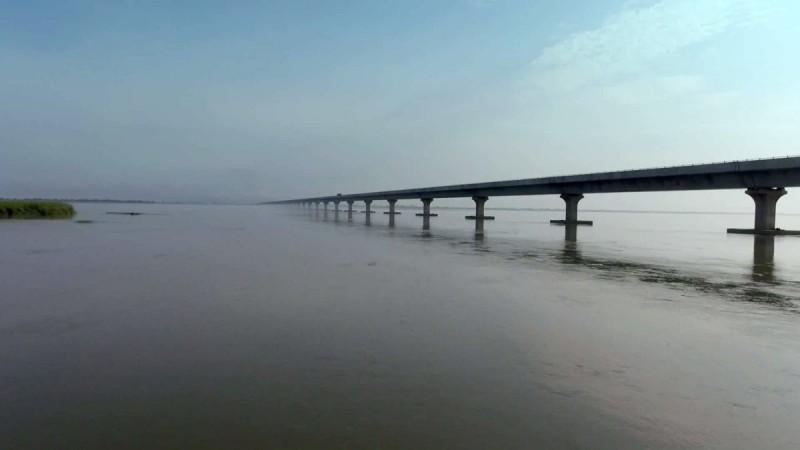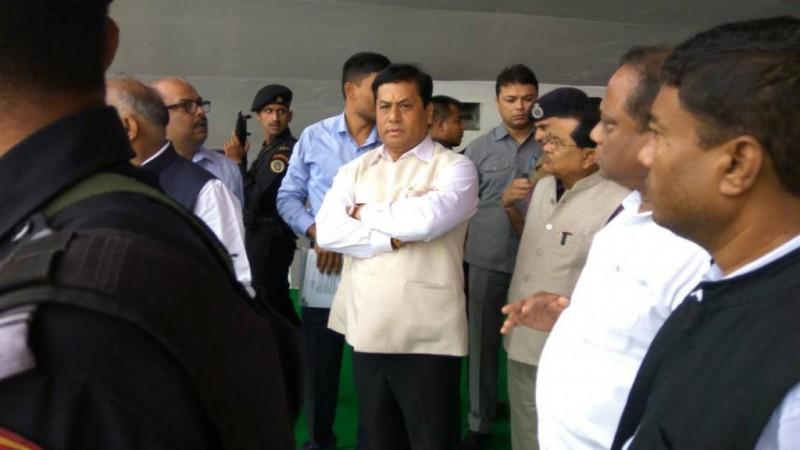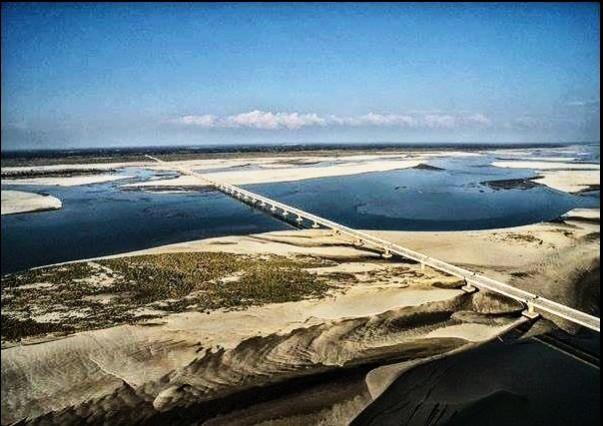
Prime Minister Narendra Modi is all set to inaugurate the Dhola-Sadia bridge — the longest in not only India but also Asia — in Assam on Friday, May 26. The inauguration comes exactly three years after Modi took charge as Prime Minister after the BJP scored a landslide win in the 2014 Lok Sabha elections.
What is most important about this 9.15-km-long three-lane bridge is that it brings mainland India all that closer to China, spanning as it does over the Lohit — a tributary to the wide and voluminous Brahmaputra River. And that is one advantage India will look forward to eagerly.
The bridge and its strategic benefits
Union Road Transport and Highways Ministry, which has under Nitin Gadkari managed to build this bridge at a cost of Rs 2,056 crore over a mere seven months, has said about it in an official statement: "The bridge will fill a huge connectivity gap that has existed in the region. Till now, the only means to cross the Brahmaputra at this location has been by ferry only in daytime and even this is not possible during floods."
It added, using the alternate spelling of the bridge: "The last bridge over the Brahmaputra was the Kalia Bhomora Bridge at Tejpur. This will however change from tomorrow with the Dhola-Sadyia bridge ensuring 24X7 connectivity between upper Assam and Eastern part of Arunachal Pradesh."

Bridging economic divide?
But this is not the only advantage the bridge will give. As the ministry has explained in its statement: "The bridge will also reduce the distance from Rupai on NH-37 in Assam to Meka and Roing on NH-52 in Arunachal Pradesh by 165 km. The travel time between the two places will come down from the current six hours to just one hour – a total five hour reduction. This will result in saving of petrol and diesel worth Rs 10 lakh per day."
It added: "This bridge will also give a major boost to overall economic development of the areas north of Brahmaputra in upper Assam and Arunachal Pradesh. It will also cater to the strategic requirements of the country in the border areas of Arunachal Pradesh, besides facilitating numerous hydro power projects coming up in the state, as it is the most sought after route for various power project developers."

Concerns for China?
Given that the Dhola-Sadia bridge — which spans 28.5 km when approach roads on both sides are taken into account — will make it much easier for transportation to take place to and from Arunachal Pradesh, the matter could cause some headaches for China, which has tried to claim some parts of the state for itself.
And as if to underscore the strife the region is in, there was a blast near an oil pipeline in the state a day before Modi's visit, and it claimed a life as well. The United Liberation Front of Assam (Independent) — or ULFA(I), the anti-talks faction of ULFA — claimed responsibility for the blast. ULFA, it may be remembered, has been accused of receiving help from China.
Thus, one would not be amiss to assume that China is anything but unperturbed by the construction and opening of this bridge. It remains to be seen how the Dhola-Sadia bridge — which is strong enough to withstand the weight of battle-tanks — helps the North-East and its states, and how China reacts to it.
Watch a video of the bridge here:
माननीय प्रधानमंत्री @narendramodi २६ मई,२०१७ को ढोला, असम मे भारत के सबसे लंबे पुल - ढोला-सादिया पुल, लम्बाई ९. १५ किमी, का उद्घाटन करेंगे pic.twitter.com/pFDjpgHZWs
— Nitin Gadkari (@nitin_gadkari) May 24, 2017

















